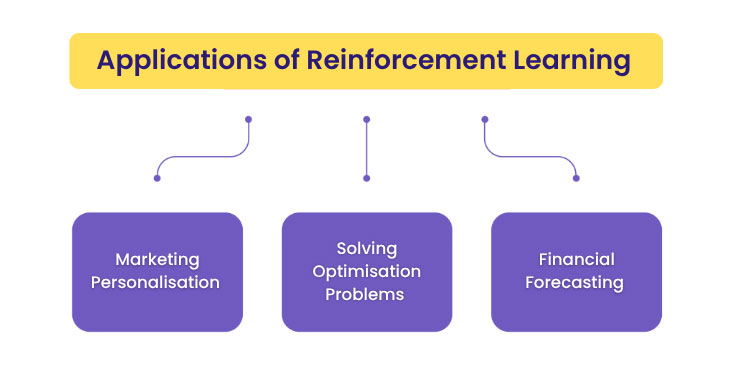Data Science in Manufacturing Sector
Data Science is one of the most valuable techs in the 2020s that is being applied to almost every sector in order to increase efficiency. Companies are actively using data science tools & techniques to analyze the data, extract insights for better outcomes, generate more revenue, and take the upper hand over their competitors.
You’re reading the article, Contribution of Data Science in Manufacturing Sector.
Data science is being applied in a wide range of industries to solve various types of problems. Some examples of how data science is being used in different industries include:
1. Healthcare: Data science is used to analyze medical records and identify trends that can help to improve patient outcomes. It is also used to develop personalized treatment plans and predict disease spread.
Read our article: Best Uses of Data Science In Healthcare Industry In 2022
2. Finance: Data science is used to identify fraudulent activity, predict stock prices, and develop personalized investment portfolios.
Read our article: 4 Best Use Cases of Data Science In Banking Industry
You’re reading the article, Contribution of Data Science in Manufacturing Sector.
3. Retail: Data science analyzes customer data and identifies patterns that can inform marketing and sales strategies. It is also being used to improve supply chain efficiency and to develop personalized product recommendations for customers.
Read our article: How Data Science in Retail Sector can be Beneficial?
4. Transportation: Data science is used to optimize logistics and improve transportation systems’ efficiency, including ride-sharing and self-driving cars.
Read our article: How Data Science in Retail Sector can be Beneficial?
You’re reading the article, Contribution of Data Science in Manufacturing Sector.
Data science in manufacturing sector is increasingly being applied to improve various aspects of the manufacturing process.
Data Science in Manufacturing Sector
Here are a few examples of how data science is being used in the manufacturing sector:
- Predictive maintenance: Data science can be used to analyze data from equipment sensors to predict when a piece of equipment is likely to fail so that maintenance can be scheduled in advance. This can help to reduce downtime and improve equipment efficiency.
- Quality control: Data science can be used to analyze data from quality control processes to identify patterns or trends that may indicate problems with the quality of the final product. This can help to improve the overall quality of the manufacturing process.
- Supply chain optimization: Data science can be used to analyze data from the supply chain to identify bottlenecks or inefficiencies and to suggest improvements that can help to streamline the supply chain and increase its efficiency.
- Energy management: Data science can be used to analyze data from energy use in the manufacturing process and identify energy efficiency improvement opportunities.
- Product design and development: Data science can be used to analyze data from customer feedback and market research to inform the design of new products or improve existing ones.
These are just a few examples of how data science is applied in manufacturing.
Data analysis is a popular & versatile skill and is in high demand. Due to the skill gap in the data science field, companies offer comparatively higher salary packages to data professionals than other profiles.
There are thousands of free & paid resources available online for data analysis, and many institutes offer attractive features to attract students.
If you’re looking forward to pursuing your career as a data professional, you can opt for Console Flare Data Science Certification programs.
Hope you liked reading the article, Contribution of Data Science in Manufacturing Sector. Please share your thoughts in the comments section below.
For more such amazing data science articles, follow our LinkedIn Page.





